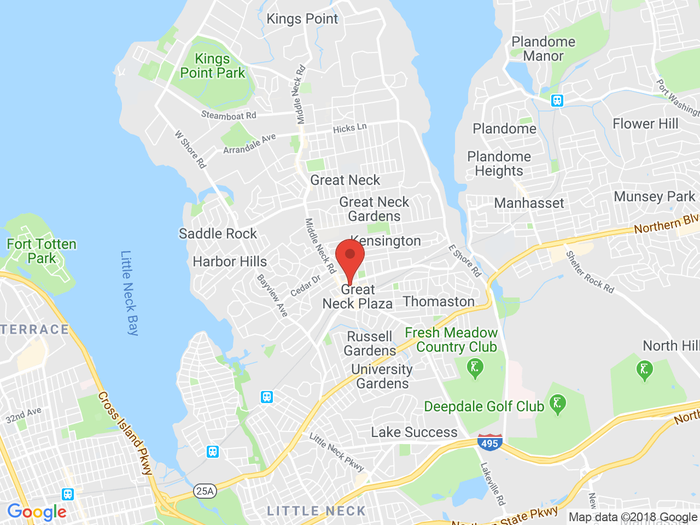Blog
Common Types of Dental Bridges
If you have lost a tooth, various options are available to replace it. Traditional, cantilever, Maryland, and implant-supported bridges are the most popular options. Follow along as we break down the differences between these four.
Traditional Bridges
Traditional bridges are the most popular dental bridges for restoring lost teeth. They can be used when you have natural teeth or implants on either side of the space left by your missing tooth.
They are usually small and lightweight and provide excellent chewing comfort by redistributing your normal bite force compromised by your missing teeth. If your hygiene and home care are maintained at an optimum level, this bridge can last a long time.
The biggest downside of traditional bridges is that enough enamel must be cut and removed from your abutment teeth to make room for the crowns. Therefore, since enamel doesn't regenerate, the abutment tooth/ teeth must always be protected by well-fitted crowns. Their care, vitality, and stability are mandatory for the long-term life of your bridge.
Cantilever Bridge
This cantilever bridge is used when only one anchor tooth is available to support the missing tooth or teeth. This bridge design isn't recommended for use in the back of the mouth where too much bite force can be put on the abutment tooth. However, it can work if it's designed well, and the cantilevered tooth is the front tooth, making these types of dental bridges a valuable option when trying to save time and money. Another benefit of using this type of dental bridge is that it allows for more natural-looking teeth because there are no visible posts or wires (or a bar) holding the restorations in place.
This dental bridge is also great for patients with very little bone height left in their jaw, as it doesn't rely on bone like other dental bridges.
Maryland Bridge
A Maryland-bonded bridge uses the same structure as a traditional dental bridge. However, a metal or porcelain framework is used instead of dental crowns as anchors. This framework eliminates the need for modification of the adjacent teeth and is adhered to the back instead. Maryland bonded bridges provide a conservative and more affordable alternative to traditional bridges. However, their strength depends on the strength of the adhesive, and metal frameworks can cause tooth discoloration.
The main benefit of a Maryland-bonded bridge is that it does not require additional preparation on neighboring teeth. In many situations, the patient can avoid having their natural teeth modified by filing down enamel or removing fillings to fit. This lack of preparation also results in less damage to natural teeth and less discomfort for patients during treatment.
In addition to being more affordable than traditional bridges, Maryland-bonded bridges also tend to last longer than other dental bridges due to their construction from durable materials like metal or porcelain-fused-to-metal (PFM). However, since these materials don't bond very well with enamel, they tend to leave white marks behind. They may also cause tooth decay if they are not cleaned properly. To qualify for a Maryland bridge, a patient needs to have healthy neighboring teeth and good oral hygiene. It’s not recommended if you are missing two or more teeth.
Implant-Supported Bridge
Implant-supported dental bridges use a similar structure as traditional bridges. The main difference is they are anchored in place with dental implants. Implant-supported bridges do not require adjacent teeth and can be used to span large gaps with multiple missing teeth. Dental implants are strong, durable, and can restore normal function. However, this type of dental bridge requires a more invasive placement procedure and a recovery period.
While each type of dental bridge has its pros and cons, only a general dentist can ultimately advise you on which type is best for you. We are always happy to meet with patients to determine which bridge type would be a fit for your needs. Call in today to schedule a consultation. Until then, keep smiling!
Contact Us
Never been happier with a dentist before! The professionalism, individual care, sparkling clean office, and the range of services are amazing. Highly recommended!

